About the time
The Middle Ages, also known as the Dark Ages or Medieval period was a big lull in art. Most of the people during this time period were very poor and working for lords in order to survive. These peasants could not read or write, and did not travel outside of their small region. This system of Lords and peasants is similar to slavery, except that the peasants were not sold into their hardship. They just had no other option. The Lords that they worked for were rich but did not spend money on art. This is the period of Knights and armor and Braveheart-esque battles. The Plague also killed many people in Europe during this time.
The church also became richer as it started to display relics, which are belongings of saints. Peasants started making pilgrimages to big churches all around Europe to see these relics, and would spend money along the way while staying at churches.
The Art
Most of the art that was created during this time was create by Monks in the church. These monks were among the few that could read and write, and there was no machine to print books, so they spent most of their time copying manuscripts like the Bible. The two dimensional art that we will look at is from these copied manuscripts. Because people were making pilgrimages, churches were getting more money and also had to get bigger to accommodate all of the people coming to see the relics. Churches were redesigned during this period to be bigger and more impressive.
Materials
Manuscript writing and art were written in ink on parchment paper and then covered in a thin layer of egg whites in order to keep the colors from fading.
Churches were build of stone instead of wood in order to keep them from burning down.
Celtic Art
The Celtic culture is from Ireland. They Celts have their own language and their own sect of Christianity.
The Celtic Cross is basically a cross with a circle behind it. You can find more images by google image searching “Celtic cross” They are also use for decorations. The use of the interlace patterns had its origins in the art work of the late roman empire. The crosses were made out of wood and metal or just drawn with minerals or dyes from plants.

Celtic Knots are images of braided and interwoven lines. They are full of patterns.

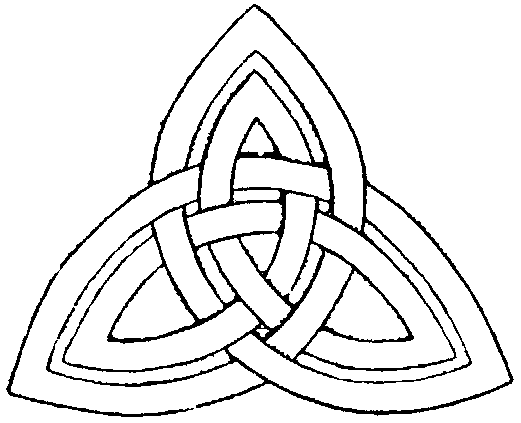

Try to draw one in your notes. Don't spend too much time.
_______________________________________________________________________________________________________________________________________
The Carolingian Renaissance was a time when religious leaders gained a lot of money and power. Charlemagne ruled and a lot of money started going into monasteries and churches because people were making pilgrimages to see relics.
Monks spent a lot of their time making hand written books called manuscripts (man= hand, script=writing). Monks were some of the only people who could write, so they reproduced books and bibles. They also illustrated the manuscripts.

-
Usually the first letter is illustrated largely and with a rich color.
-
The borders are decorated with leaves or flowers.
-
There are pictures of the scenes from the script.
-
The page was painted with a thin layer of egg white to keep the colors from fading.
This is a document you can use to make your own manuscript letter. You can make the first letter of your name or choose any other letter you want. If it's good, Ms. Allekotte will put it on the wall. Ask her for a piece of computer paper, a ruler and markers.
|
|
http://www.fcps.edu/DIS/OHSICS/FineArts/pdfs/Illuminations1.pdf
the first 12 pages have information
page 13 has some directions and the pages after that have some examples.
_______________________________________________________________________________________________________________________________________
Romanesque Architecture, churches getting bigger.
helpful hint: Whenever you add "-esque", it means like. So these churches are like Roman churches.
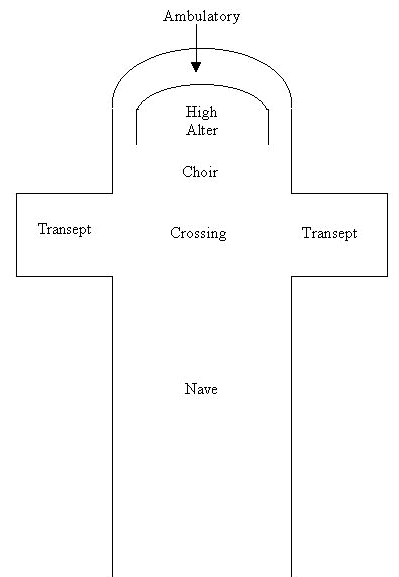
The period of Christian Pilgrimages started. People would travel from far away to visit a church and whatever relic or reliquary it had. A reliquary is a piece of a martyr or a saint or something that belonged to them. So many people came on pilgrimages that the churches weren’t big enough, so they changed the shape from a straight room to the shape of the latin cross. This allowed pilgrims to walk in through the nave, and walk around the reliquary in a circle.
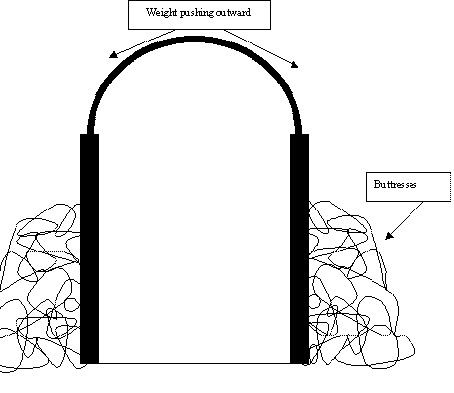
Wood churches also burned down often, so they started building churches out of stone. The stone was heavy though, so the walls had to be thick. This made the windows small and required a pile of stones on the outside of the walls to make sure the walls wouldn’t crumble outward.
The churches had thick column on the insides to support the heavy roofs and were dark on the inside because of the small windows.
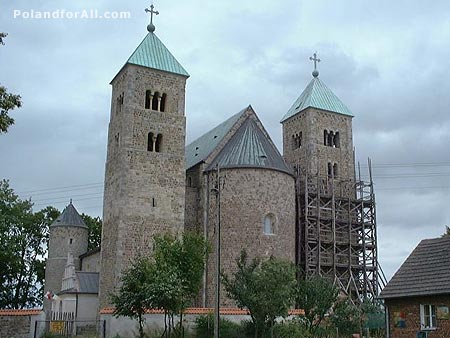


This website has some pictures of common Romanesque features (and a lot of other really cool stuff)
http://karenswhimsy.com/romanesque-architecture.shtm
_________________________________________________________________________________________________________
Duccio- painted items to be used in church. These paintings used a lot of gold leaf in the background and were similar to manuscript illustrations but they were not on paper. He illustrated diptychs and triptychs, which are fold-out pieces of wood that sit on a table in church. He painted his items only in churches. He illustrated diptychs and triptychs.


His figures are stiff and their placement is rigid. He created depth by placing some figures higher than other figures. This is evident in “Maesta” where there are several rows of people and angels in a crowd around Mary and the baby Jesus. This is in a cathedral in Siena, Italy.

He also illustrated walls by painting onto plaster, which creates a fresco.

Notice how depth is created by place the further objects higher.
This is Duccio’s fresco of “Madonna” . We will compare it to another version of the same subject later.
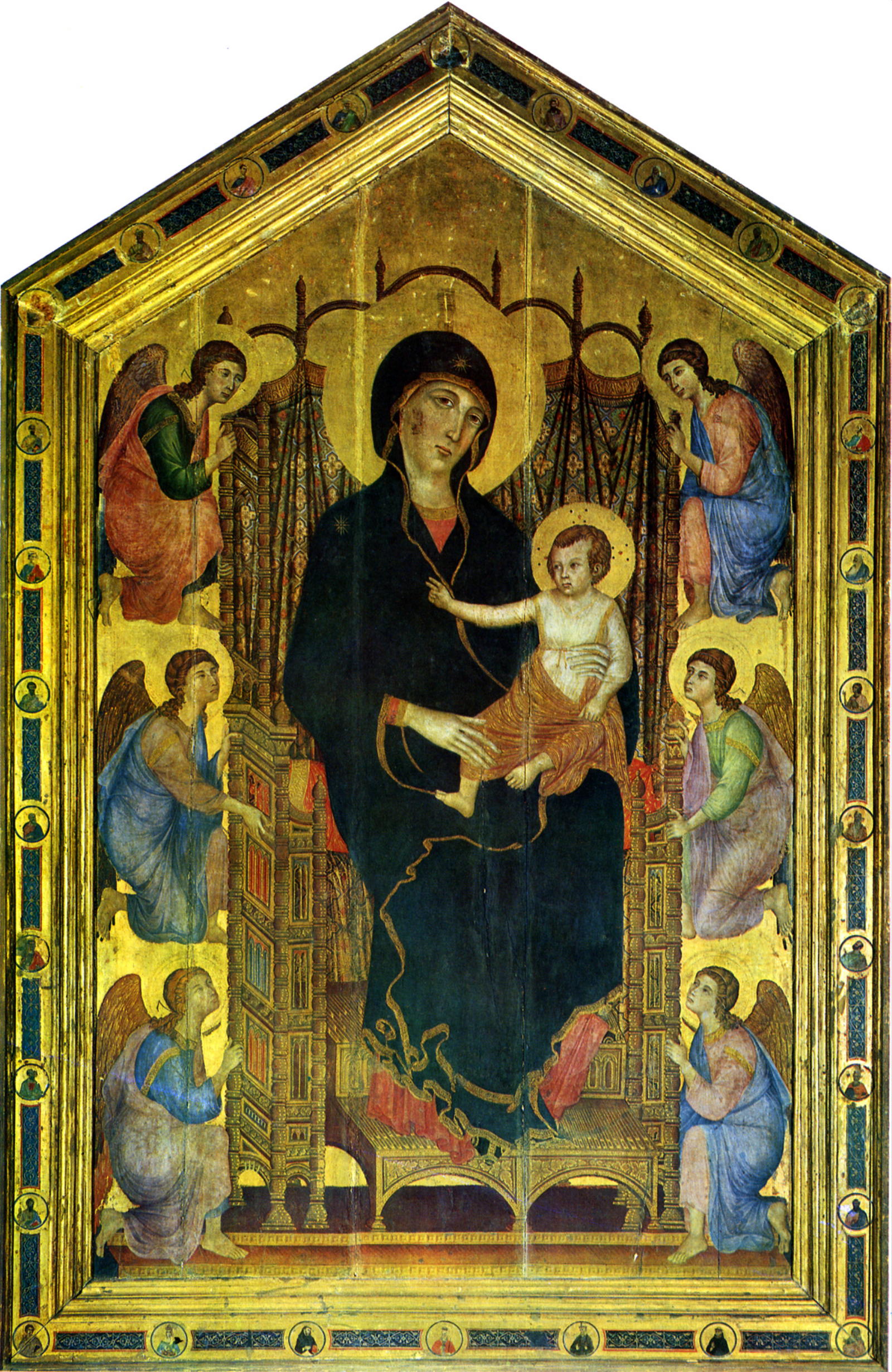
_______________________________________________________________________________________________________________________________________
Gothic churches are the same shape as Romanesque churchs but have a lot more decoration, thinner walls, and bigger windows. Most strongly associated with gothic church Architectures. It serves to transmit the lateral forces pushing a wall outwards.
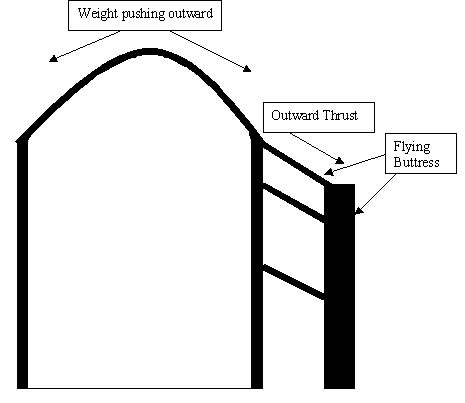
Architects used flying buttresses, which are supports built on the outside of the building. These flying buttresses allowed for the walls to be thinner and the windows to be MUCH bigger which made the inside of the church a lot brighter.

flying Butress


They started making pointed arches, bigger windows, and much more detailed decorations.


Notre Dame a famous Gothic Style cathedral in Paris, France


Chartres- a famous Gothic style cathedral in France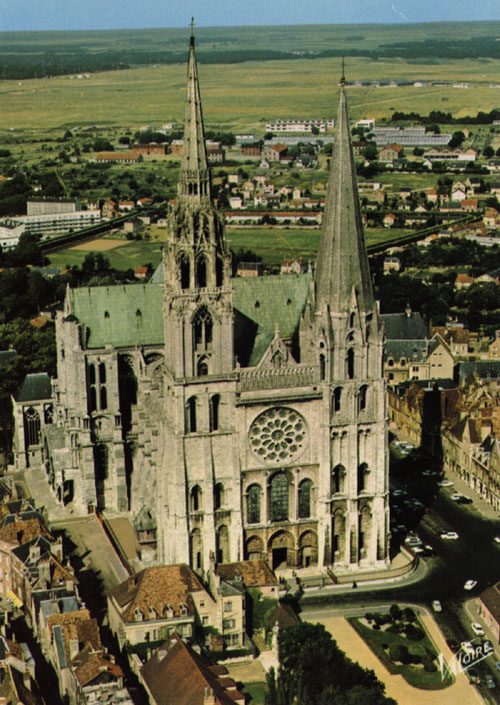
More pictures at this website:
http://hercules.gcsu.edu/~rviau/chartres.html

Notice the flying buttresses and ornate decorations (very detailed) on both of the cathedrals.
_______________________________________________________________________________________________________________________________________
Giotto (14th century) has frescoes in Gothic churches that have much more realistic human form and natural poses. He also used more realistic scenery in his frescoes.
He is well known for his “Lamentation” and fresco of a monk being shot with gold rays by an angel. Its a very common subject in christian art. One specific type of lamentation depicts only Jesus' mother Mary cradling his body. Can you find the name of that second fresco?
Lamentation
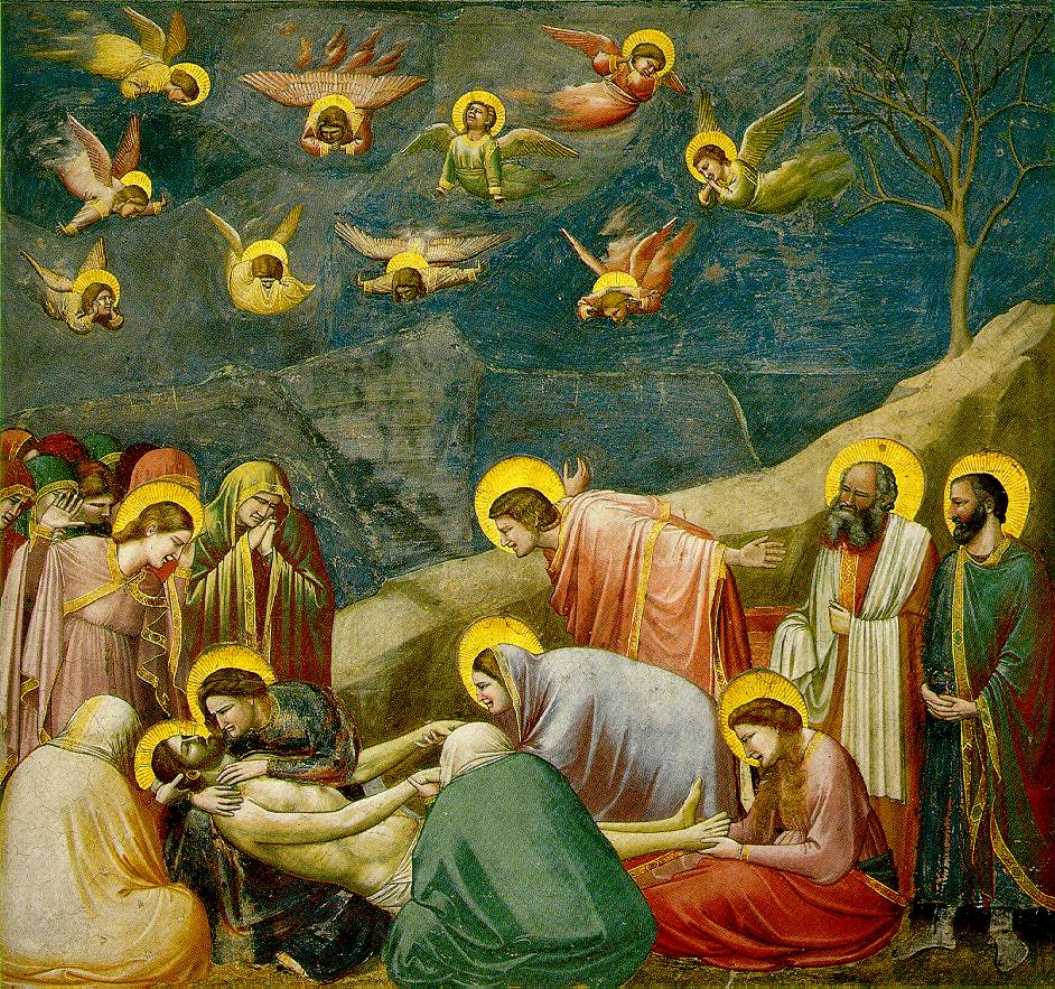

This is Giotto’s “Madonna”.

What are some differences you can find in the way that Duccio's and Giotto's painted bodies and depth?
___________________________________________________________________________________________________________________________________
Review Test 5
Go to the Review Test Page and click on the fifth link. FIll in the answer sheet with the answers and turn it in to Ms. Allekotte for a grade.
